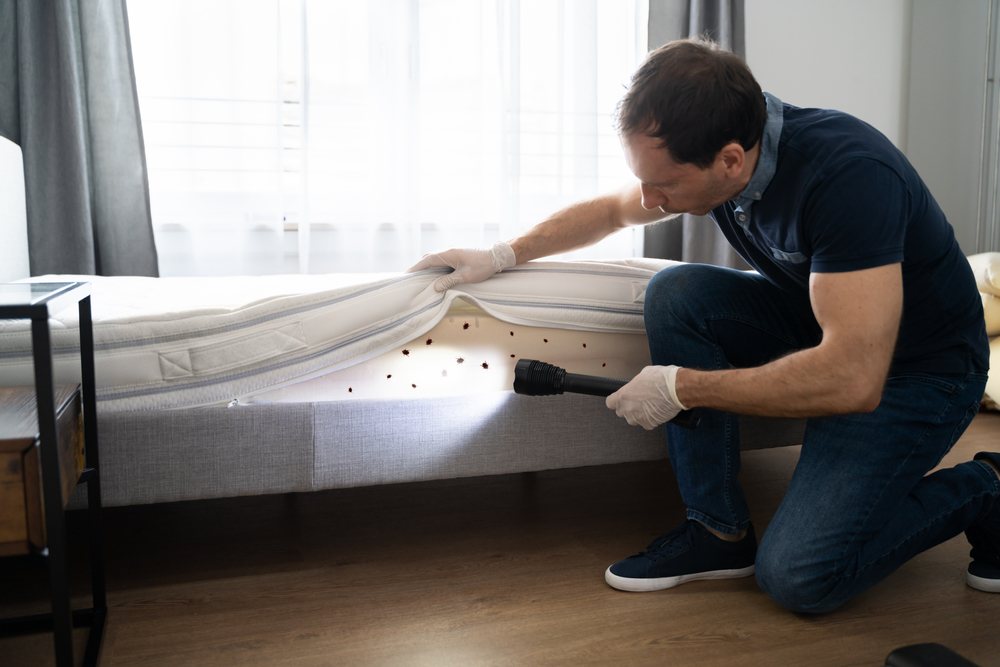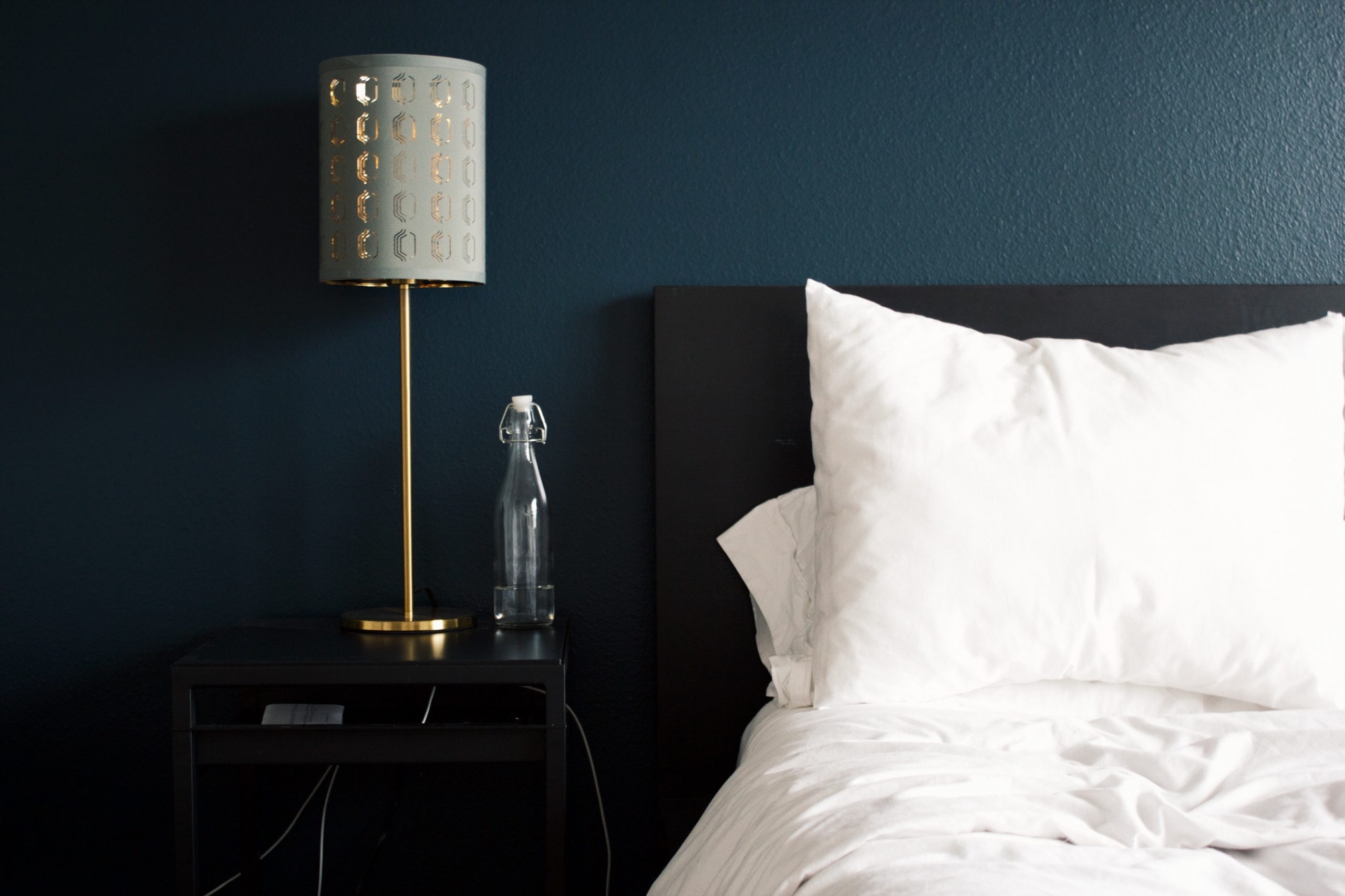Bed Bug infestations can cause constant suffering for you and your loved ones, so it’s understandable to want to explore all options to remove an infestation. While bed bug treatments require the help of a bed bug professional, there are some DIY solutions that could help reduce the infestation.
The frightening truth about bed bugs is most people aren’t aware that they have a problem until days after they have been bitten. Once you see the first signs of an infestation it’s important to act quickly.
Here are commonly discussed solutions when it comes to DIY bed bug treatments:
Page Contents:
Bed Bug Solutions That Work
Wash and Seal Bedding
After you noticed bed bugs did you see any bedding dotted with reddish or brown spots?
Does your bedding have a slightly musty odor to it?
If the answer is yes to either of the above questions, it’s important to properly wash your bedding. This should be washed in soapy water at a temperature of at least 120 degrees (The hot water setting on your washing machine should be enough).

The dryer settings of a normal household are typically hot enough to kill bed bugs, and they typically cannot survive a hot dryer for longer than 20 – 30 minutes.
Be sure to check the washing instructions of your items first, and keep in mind that high heat can damage or shrink certain fabrics. You should move your bedding straight to the laundry room using sealed hamper bags to prevent any cross-contamination.
Any infested furniture that is transferred should be in sealed bags so that you don’t accidentally let some bed bugs loose while in transit.
Vacuum Your Bedding
Take a handheld vacuum and run it across your mattress, inside the bed frame, along baseboards, and even across your headboard. It’s important to be thorough in all cracks and crevices where bed bugs or their eggs could potentially be hiding. You can see certain bed bugs with the naked eye, so make sure to run the vacuum over any visible bugs.
You should throw out your vacuum bag immediately after you’re done. Wrap your mattress and box spring in a specially designed bed bug mattress cover. Mattress covers can help prevent bed bugs from hiding inside your bed and/or box spring.
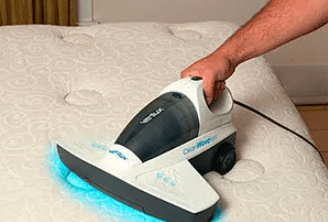
Using Extreme Temperature to Kill Bed Bugs
Bed bugs aren’t fond of extreme heat or extreme cold. Even though they’re extremely resilient creatures, they haven’t quite figured out how to survive in less than ideal temperatures.
Freezing Bed Bugs
Putting items that you’re certain are infested in the freezer can kill bed bugs in the “right” conditions.
The following conditions are required to properly freeze a bed bug:
- A freezer below 0 degrees Fahrenheit (-18 degrees Celsius)
- You must keep these items in the freezer for at least 4 days
- Make sure to put these items in plastic bags (preferably sealed)
- Consistent temperature checks
This method shouldn’t be used for all of your infested items. There are certain things that can be damaged or destroyed by being put in the freezer, so be mindful of your things when using this process.
Items You Can Freeze To Kill Bed Bugs include:
- Cloth items (you don’t want to wash)
- Modern Books
- Sneakers
- Jewelry
- Pictures and Toys
Items That You Can Not Freeze
- Electronics
- Artifacts or any older items that are delicate
- Irreplaceable items
- Items that contain moisture or any liquids
The temperature of the freezer is extremely important, and you want to make sure to monitor this within the freezer frequently. Keep in mind that bulky items will require more time in the freezer than smaller items.

Also remember that this is not the end all be all method of bed bug removal. Obviously we can’t put our mattresses in the freezer so those must be dealt with a different way.
Heat Treatments To Kill Bed bugs
Heat treatments are a more commonly used strategy to kill bed bugs. This method often requires a heat trailer and a special unit that will physically heat the room to at least 120 degrees Fahrenheit (the optimal temperature for eradicating bed bugs).
This tactic works better in condos or apartments rather than homes as it tends to be more effective in small spaces. The heat treatment is not necessarily effective as a DIY method, and typically requires the work of professionals and special equipment.
Click here to learn more about bed bug heat treatments and how they work.
Vacuuming Bed Bugs
It seems almost too simple, but vacuuming your floors and furniture is considered an effective method for treating a bed bug infestation. The key here is that it helps remedy bed bugs that you DO see, but this method will not work for eggs or newly hatched bed bugs that you DON’T see.
This tool is one of many steps to rid an infestation. Whether you’re battling a severe infestation or a single bed bug that you saw passing by, a vacuum cleaner can be considered a first line of defense.
When bed bugs are out of reach:
In cases of advanced infestations, bed bugs could be hiding and breeding anywhere. Their small, oval-shaped bodies can easily squeeze into cracks in walls and ceilings, or holes in plumbing and electrical outlets.
Bed bugs can be hiding in places where you might not even think to look…
Including clocks, picture frames, posters, under or behind furniture etc.
Bed Bug Solutions That Don’t Work
Baking Soda For Bed Bugs
Many articles online will tell you that baking soda can dehydrate a bed bug by absorbing fluid on its shell or kill a bed bug after it’s accidentally ingested (similar to diatomaceous earth).
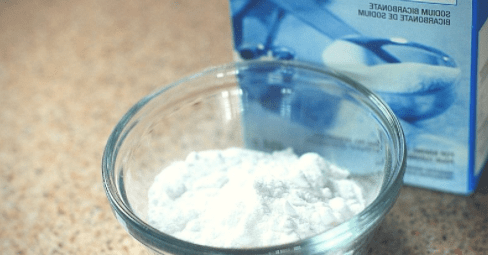
There are a few reasons why this solution is a myth:
- Baking soda doesn’t absorb very well, absorption properties which is mostly limited to smells.
- Not aggressive enough to pierce the body of the bed bug. These creatures also don’t eat dry items they find, they strictly feed on blood.
- The reason baking soda is mentioned is probably to spread confusion around diatomaceous earth as they’re both a white powder (even though that’s where the similarities end).
Alcohol to Kill Bed Bugs
There’s some evidence that may suggest alcohols, depending on the ethanol, can kill bed bugs on contact. A recent study conducted found that rubbing alcohol actually killed more than half of bed bugs that were sprayed on directly.
Even so, we do not recommend using this product because it can be a hazard to your health. Rubbing alcohol can cause respiratory problems if inhaled and can be poisonous if swallowed.
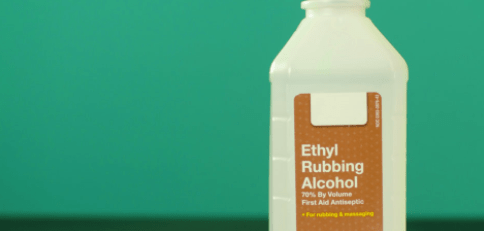
In December of 2017, a woman in Cincinnati accidentally burned down a building after dousing her apartment in rubbing alcohol to kill bed bugs. The alcohol accidentally ignited, resulting in a fire that cost over $250,000 worth of damage and hospitalized 3 people.
Moth Balls To Kill Bed Bugs
It is widely talked about as a common misconception that moth balls can help with a bed bug infestation. Changlu Wang and a research team at Rutgers University in New Jersey tested the effectiveness of moth balls treatment on bed bugs.
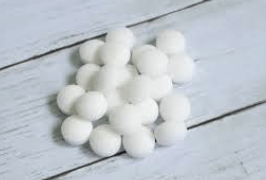
The results showed that the moth balls have little to no effect on the severity of a bed bug infestation. Even though some bed bugs did die, the nymphs and eggs still survived leading to the infestation to continue to spread quickly.
Tea Tree Oil and Bed Bugs
Method: The recommended method involves diluting around 20 drops of oil in a spray bottle and spraying the bed bug sheets.
Though simple.. Unfortunately, this solution is extremely ineffective.
Tea tree oil that’s undiluted can also be harmful to humans, causing skin irritation and potentially even an allergic reaction. Since bed bugs hide in tiny cracks, furniture, electrical outlets, spraying this oil isn’t enough to even reach most bed bugs.
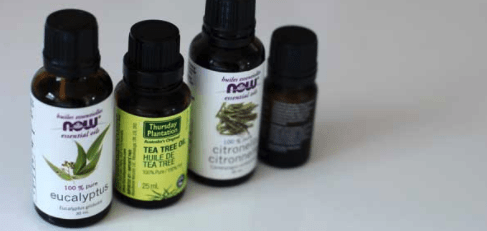
In fact, this oil could result in the staining of your household and potentially even an electric shock.
If no DIY options work? How do I get rid of bed bugs?
Bed bugs are a serious problem and will only get worse if they’re not dealt with immediately. These pests have become increasingly resistant to insecticides and have become better at hiding.
Unfortunately for us, these insects know how to survive, so it’s important to stay up to date with the most common removal techniques. Certain insecticides and removal methods that work today may not work tomorrow as bed bugs continue to evolve.
Therefore, hiring a credible and certified pest control professional to inspect and remove bed bugs is almost always your best option. Professionals have the right equipment and will be able to fully assess your infestation to determine the best method of removal.
